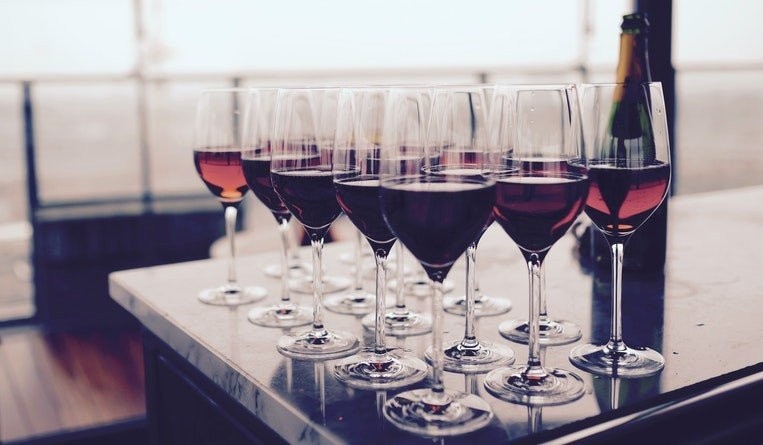If a trademark is only well known but not registered in China, the owner can only stop others from using the same or similar marks on identical or similar goods, Liu says. “Apparently, DBR’s alcoholic beverages and real estate projects are not the same or similar, so if DBR’s mark wasn’t registered in China, the outcome wouldn’t have been the same.”
The defendants were ordered to pay the plaintiff ¥5 million (US$720,000) as damages.
“The amount of damages is the maximum as prescribed by the Trademark Law, in case it is difficult to determine the right holder’s actual losses or the gains derived by the infringer. This to some extent shows the determination of Chinese courts to crack down on infringement and this judgment will somewhat teach a lesson for other infringers,” Liu says. “Nevertheless, there is still a long way to go for an effective deterrent effect considering the current situation of infringement or bad faith filing in China is very serious.”
As a top notch French winery, DBR became an instant sensation amongst Chinese households when it first entered the market in the 1990s. The legendary 1982 vintage of Lafite has also been widely featured in local films and television programmes to represent class and luxury.
DBR first registered the “Lafite” trademark in China in October 1996 under the 33rd category of “alcoholic beverages.” It then expanded the registration items and categories from time to time. However, isn’t it bad to register many products outside of wine, as it is famous in that area only?
Regarding categories and items of goods and services for trademark filing, China adopts Nice Classification, while there are some special practices. “To be specific, China adopts a special sub-class system which means each International Class is divided into several sub-classes, and each sub-class includes a number of specific goods items. The goods items of the same sub-class are normally deemed as similar, while the goods of different sub-classes are normally deemed dissimilar, though exceptions exist. Under this sub-class system, normally it is insufficient to register the mark only in relation to one or two major items of goods, because other sub-classes may haven’t been occupied, meaning that others could possibly register the same/similar marks in other sub-classes though they are in the same International Class,” Liu says. “Therefore, the trademark owner could cover as many sub-classes as possible or all the sub-classes when filing trademark application so as to prevent others from registering the same/similar marks in different sub-classes. And, the trademark owner could cover as many International Classes as possible or all the 45 classes to prevent others from registering the mark in different classes -- this is for defensive purpose. Though the goods/services in other sub-classes or in other classes may not be of the trademark owner’s real interest, under current situation, it is still an effective way to prevent squatter registrations in China, especially for big companies.”
Speaking of squatter registrations, they are as severe as the counterfeit wine bearing the “Laite” or “拉菲” mark, she says. “According to the China National Intellectual Property Administration’s online database, in class 33 where alcoholic beverages and wines belong to, there are 485 trademark applications containing ‘拉菲’ as the initial two characters, let alone the marks containing the mark in the middle, and the applicants are various companies and individuals.”
Johnny Chan








